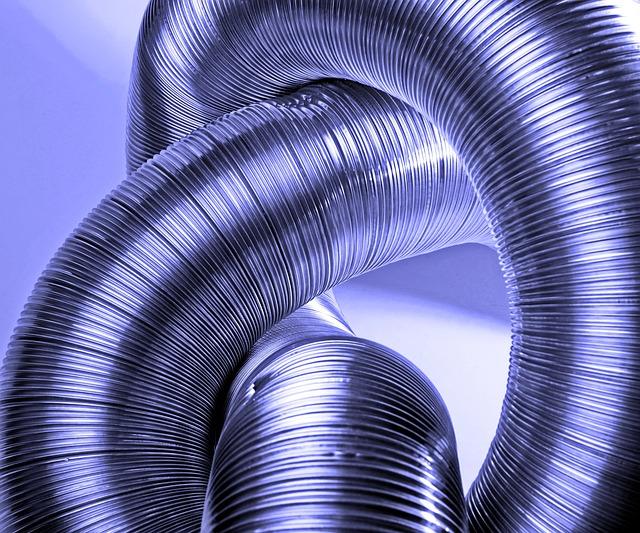Building muscle is not just about lifting weights; it’s about engaging in the right full body workouts that maximize your efforts and results. Whether you’re a seasoned athlete or just starting your fitness journey, understanding the most effective exercises is crucial for achieving a well-rounded physique. In this guide, we will explore the best full body workouts designed to build muscle, enhance strength, and improve overall fitness. With a focus on compound movements that engage multiple muscle groups, these workouts will help you break through plateaus and reach new heights in your fitness goals. Get ready to transform your routine and unlock the potential of your entire body with these proven exercises.
Effective Compound Exercises for Maximum Muscle Growth
Maximize your muscle growth with exercises that engage multiple muscle groups simultaneously, enhancing strength and efficiency. Squats are a powerhouse move that not only target your quadriceps, hamstrings, and glutes but also engage your core and lower back for stability. Add deadlifts to your routine to work your posterior chain, including your back, glutes, and hamstrings, while also challenging your grip strength and core stability.
Incorporate bench presses to effectively work your chest, shoulders, and triceps, and include pull-ups or chin-ups to target your back, biceps, and shoulders. Don’t overlook the overhead press for a full-body workout that primarily strengthens your shoulders, triceps, and core. For a dynamic twist, try lunges which improve balance and coordination while engaging your legs and glutes. These exercises form the backbone of a well-rounded muscle-building regimen.
Optimizing Workout Frequency and Recovery for Best Results
Finding the sweet spot between workout frequency and recovery is essential for maximizing muscle growth. Balancing intensity and rest is key. Aim for full body workouts that stimulate all major muscle groups every 48 to 72 hours. This approach allows for effective muscle engagement while giving your body ample time to recover and grow stronger.
Consider the following strategies to optimize your routine:
- Progressive Overload: Gradually increase weights or reps to continuously challenge your muscles.
- Variety in Exercises: Rotate different exercises targeting the same muscle groups to prevent adaptation.
- Active Recovery: Incorporate low-intensity activities like walking or yoga on rest days to boost circulation and recovery.
- Consistent Sleep Schedule: Aim for 7-9 hours of sleep to facilitate muscle repair and growth.
Remember, recovery is just as important as the workout itself. Pay attention to your body’s signals and adjust accordingly to prevent overtraining.

Incorporating Progressive Overload Techniques for Continuous Gains
To achieve continuous gains in your full body workouts, embracing progressive overload is essential. This technique involves gradually increasing the stress placed on your muscles during training, ensuring they adapt and grow stronger over time. Here are some effective strategies to incorporate into your routine:
- Increase Weight: Gradually add more weight to your lifts as you become stronger. This could mean adding a small amount each week or every other session.
- More Reps: If increasing weight isn’t feasible, aim to increase the number of repetitions per set to challenge your muscles differently.
- Enhanced Volume: Add more sets to your workout, effectively increasing the total workload for each muscle group.
- Shorten Rest Periods: Reducing the time between sets can increase intensity and demand more from your muscles.
- Varied Exercises: Incorporate different exercises targeting the same muscle groups to prevent adaptation and promote growth.
By methodically applying these techniques, you ensure that your workouts remain effective, leading to consistent muscle growth and strength improvements.

Tailoring Nutrition and Supplementation to Support Muscle Building
To optimize muscle growth, it’s essential to align your nutritional intake with your workout regimen. Prioritize protein as it is the cornerstone of muscle repair and growth. Aim for lean sources such as chicken, fish, eggs, and plant-based options like lentils and chickpeas. Incorporate complex carbohydrates like sweet potatoes and brown rice to fuel your workouts and aid recovery. Healthy fats from sources like avocados and nuts are also vital for hormone production and overall health.
- Protein Supplements: Consider whey protein or plant-based protein powders to meet your daily intake goals.
- Creatine: Supports strength and muscle mass gains, making it a staple in many muscle-building routines.
- Branched-Chain Amino Acids (BCAAs): Help reduce muscle soreness and enhance recovery post-exercise.
- Omega-3 Fatty Acids: Aid in reducing inflammation and improving joint health, which is crucial for intense training.
Consistent hydration and timing your meals around workouts can further enhance your results. Eating a balanced meal with protein and carbs about 30-60 minutes post-exercise can maximize muscle protein synthesis, ensuring your hard work in the gym translates into visible gains.




